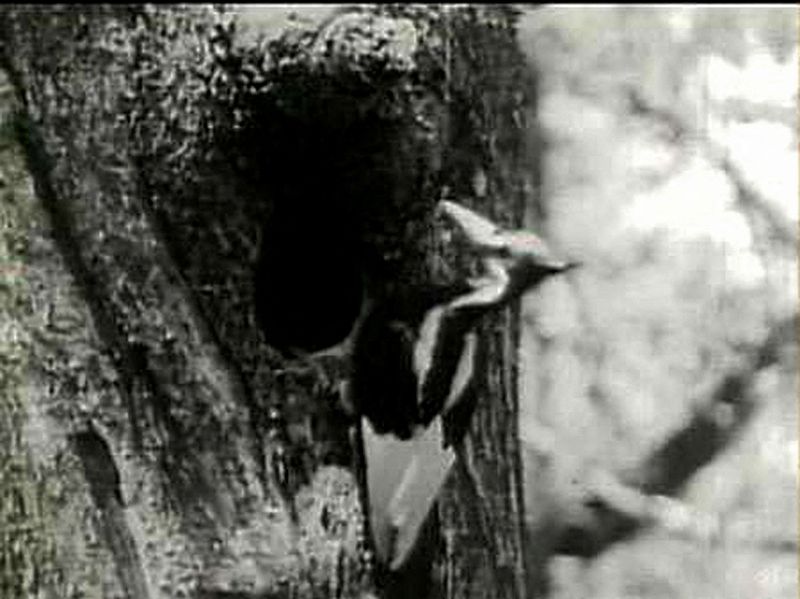Ivory-billed woodpecker granted 6-month reprieve from U.S. extinction list
2022.07.12 00:35

Budrigannews.com – The ivory-billed woodpecker, a bird that few if any living bird watchers have ever seen, has been given a six-month reprieve from being placed on the U.S. government’s extinct list, even though the last confirmed sighting was nearly eight decades ago.
Last year, the U.S. Fish and Wildlife Service put the bird – the largest known U.S. woodpecker – on the list for consideration as an extinct species, bumping it from the critically endangered list.
The declaration would mean that the animal no longer has any any legal protection it had as an endangered species.
The move raised an outcry among birdwatchers who asked to the agency to hold off, saying the bird – known for its distinctive bill and 2.5-foot (76-cm) wingspan – may still live deep in the swamps and hardwood forests of the American South.
As a result, the Fish & Wildlife Service relented even though the bird has been functionally extinct for decades, Ian Fischer, an agency spokesman, said on Monday.
“There’s a lot of passion, enthusiasm for this bird,” Fischer said. “It’s nicknamed the ‘Lord God Bird’ because it’s so big. But there has been no clear evidence that it lives, unfortunately.”
Logging of old-growth forests in the U.S. South destroyed much of its habitat. Its last confirmed sighting was documented in 1944 in northeastern Louisiana, the service said.
The agency needs to see new photos or video that are clear enough to be authenticated by experts, he said. Many bird watchers confuse the animal with the pileated woodpecker, another large bird.
The ivory-billed woodpecker was added to a list of 23-species proposed for the extinct category in September 2021. The list includes a fruit bat, 11 birds, eight freshwater mussels and two types of fish, the agency said.
A 30-day comment period was reopened July 7 for bird watchers to produce clear photos or video of the ivory-billed woodpecker. A final decision will be made by the agency released in March instead of September.
“It’s a beautiful bird, and no one wants it extinct,” Fischer said. “But we need evidence.”








